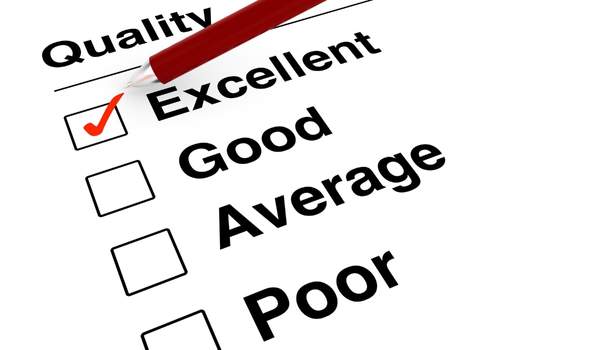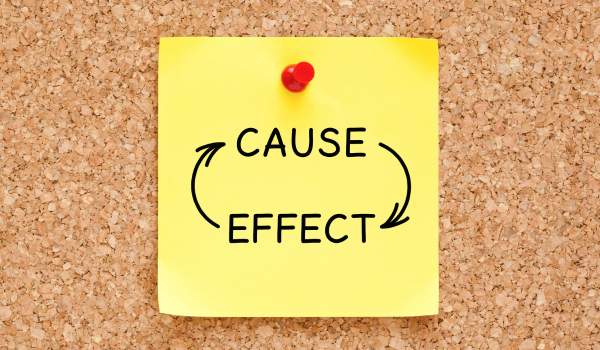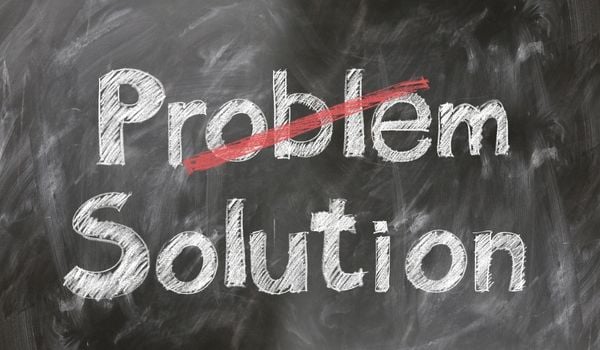Boiling tap water is one of the oldest tricks in the book for making it safer to drink — but when it comes to fluoride, it’s not that simple. In fact, boiling can increase fluoride concentration.
So if you’re concerned about fluoride in your tap water, you’re not alone — but boiling it isn’t the fix.
The bottom line is — if you want to remove unwanted fluoride, you’ll need to take matters into your own hands. But we’ll show you how.
✅ Quick Takeaways
- 🔥 Boiling water does not remove fluoride — it can actually concentrate it.
- 💧 Fluoride is a stable compound, so it doesn’t evaporate or break down with heat.
- 🔄 Reverse osmosis, distillation, and bone char filters are the most effective ways to remove it.
- 🧪 Testing your tap water is the first step to know how much fluoride you’re actually drinking.
- 🧼 Filtered water beats bottled — it’s cheaper, eco-friendlier, and often cleaner.
🦷 Why Is Fluoride in Tap Water?
Fluoride is found in nature. You’ll see it in soil, streams — even the ocean. So most of us already get a small dose just by drinking water or eating food.
So why add more?
🧪 In the 1940s, scientists noticed fewer cavities in towns with natural fluoride. That kicked off a trend. Cities began adding small amounts to tap water — mostly to help reduce tooth decay.
Today, about 7 in 10 Americans still drink water with added fluoride. But not everyone agrees it’s a good idea.
💡 Groups like the American Dental Association still support it. But some studies have raised questions about — what too much fluoride might do over time. And several countries? They’ve skipped water fluoridation entirely — and still report good dental health.
👉 Curious how boiling compares to filtering? Here’s our breakdown of what each method actually removes.
🤯 Is Fluoride Actually Harmful?

That depends on how much you’re getting.
In small doses, fluoride can help protect teeth, plain and simple. That’s why it’s in toothpaste — and why many cities add it to drinking water. But in higher amounts, it’s a different story.
Research has linked excessive fluoride intake (usually above 2 mg/L) to side effects like:
- Dental fluorosis (white spots on teeth)
- Joint pain and bone issues
- Possible thyroid or neurological effects
Still, most experts agree that low levels in tap water are safe for healthy adults. The real concern? It’s easy to get more fluoride than you think — especially if you’re also using fluoride toothpaste, mouthwash, and eating processed foods made with fluoridated water.
💡 Good to Know: Countries that don’t add fluoride to water still see low cavity rates — likely because of fluoridated dental products and better access to oral care.
⚖️ What’s the Safe Limit — and Should You Remove It?

The EPA sets two standards for fluoride in public water:
- 4.0 mg/L is the legal maximum.
- 2.0 mg/L is the non-enforceable guideline — meant as a safety buffer.
If your water clocks in under 2 mg/L, you’re likely in the clear. But above that? Even federal guidelines suggest finding an alternative source — especially for children, who are more vulnerable to dental fluorosis.
📌 Pro Tip: Some areas with naturally high fluoride levels — like parts of the Southwest — may exceed safe limits without any added fluoride at all. If you’re on a private well, testing is a must.
💬 So, should you remove it?
That depends on your fluoride levels and your comfort level. If you’re unsure, a simple tap water test can help you decide if filtration is worth the upgrade.
🔥 Does Boiling Water Get Rid of Fluoride?

Short answer? No. In fact, it may do the opposite.
When you boil water, some of it evaporates. That leaves behind a more concentrated dose of everything that doesn’t boil off — including fluoride.
So while boiling kills bacteria, it won’t help with fluoride. If anything, it can make the problem slightly worse.
💡 Pro Tip: The only heat-based method that actually removes fluoride is distillation — more on that coming up.
🧼 So… How Do You Remove Fluoride?
If boiling doesn’t cut it, filtration is your best friend. But not every filter is built for fluoride — you’ll need one designed to tackle it head-on.
Here’s a quick breakdown of the top options:
| 💧 Method | 🔍 How It Works | ✅ Best For |
|---|---|---|
| 🔄 Reverse Osmosis | Pushes water through a fine membrane, blocking fluoride and most other contaminants | Drinking & cooking — especially if you want ultra-clean water Learn more |
| ⚪ Activated Alumina | Uses aluminum oxide media to adsorb fluoride and arsenic | Targeted fluoride removal — great for well users |
| 🦴 Bone Char | Charred animal bone that bonds with fluoride and heavy metals | Eco-conscious homes or natural filtration fans |
| 💨 Distillation | Boils water, captures steam — leaves fluoride and other contaminants behind | Low-use households or countertop purification See how it works |
💡 Pro Tip: Each system has its strengths — but if you’re also dealing with chlorine, heavy metals, or VOCs, consider a multi-stage filter that tackles all of the above.
💧 Is Bottled Water Lower in Fluoride?

Grabbing a bottle off the shelf might feel like a safer option — but when it comes to fluoride, that’s not always the case.
Some bottled water brands are just repackaged municipal tap water — with similar fluoride levels. Others use reverse osmosis or distillation, which strips fluoride out. Problem is, most bottles don’t say how much is in there.
So what’s the deal?
- 💡 Filtered brands like those labeled “purified by reverse osmosis” usually have little to no fluoride.
- ⚠️ Spring water or mineral water might still contain natural fluoride depending on the source.
- ♻️ And don’t forget — single-use plastic bottles are a sustainability headache.
Instead of playing label detective, using a filter at home and refilling a reusable bottle is usually better for your wallet, your teeth, and the planet.
🏠 Whole House vs Under-Sink: What’s Best for Fluoride?

If you’re trying to cut fluoride from your water, there are two main types of filters to choose from — and they work a bit differently.
Let’s break it down:
| 💧 System Type | ✅ What It Covers | 💡 Best For |
|---|---|---|
| 🛁 Whole-House Filters | Treats all water entering your home — including showers, laundry, and faucets. | Full-home coverage and families wanting to reduce overall exposure (like chlorine or sediment too). |
| 🚰 Under-Sink Filters | Targets just your kitchen tap — perfect for drinking and cooking water. | Budget-conscious households or renters focused on fluoride reduction at one source. |
A whole-home system gives broader protection — but it’s often less specialized for fluoride. That’s why many homeowners pair an under-sink filter with a system designed to treat your entire home’s water, especially when other contaminants are a concern too.
💡 Pro Tip: If you’re on a private well or want to reduce multiple impurities, combining filtration types offers the most comprehensive solution.
🔍 How Can You Tell If Fluoride Is in Your Water?

You can’t see fluoride. You can’t taste it either. So unless you’re testing your water, there’s no real way to know how much is in it.
🧪 Here’s how to check:
- City Water: Your annual water quality report (a.k.a. consumer confidence report) should list fluoride levels. You can also call your local water provider and ask.
- Well Water: You’re on your own — no one monitors private wells. If you’re using well water, it’s smart to test for fluoride and other common contaminants once a year.
👉 A good water test tells you more than just fluoride. It can reveal other risks — like: lead, nitrates, or bacteria — that may affect your choice of filter.
| 🧰 Testing Method | 💡 What to Expect |
|---|---|
| 🧪 Test Strips | Inexpensive and fast. Gives a general fluoride range — not super precise. |
| 💧 Lab Testing | Professional analysis gives accurate results for fluoride and other harmful contaminants. |
| 📦 At-Home Kits | Mail-in kits like Tap Score offer lab-quality results without the hassle of finding a local lab. |
💡 Pro Tip: A full panel test might cost a little more upfront, but it’ll save you time (and guesswork) when shopping for a filter that actually works.
🛡️ Smart Ways to Cut Down on Fluoride

Even if you’re not ready to install a filtration system, there are still a few easy ways to limit how much fluoride you’re taking in from other sources:
| 🚫 Source | ✅ What You Can Do |
|---|---|
| 🦷 Fluoridated Toothpaste | Use fluoride-free versions for kids or if you’re already getting enough elsewhere |
| ☕ Coffee & Tea | These plants absorb fluoride from soil — drink in moderation or brew with filtered water |
| 🥫 Canned Goods | Many canned foods are processed with fluoridated water — opt for fresh when possible |
| 🍇 Non-Organic Produce | Some pesticides used on fruits contain fluoride — buy organic for lower exposure |
💡 Why It Matters
Fluoride might seem like a small concern, but it adds up — especially if it’s coming from both your tap and daily habits. The good news? A few simple swaps can seriously cut your intake without much effort.
✅ Final Thoughts
Fluoride has long been praised for supporting dental health, but too much of a good thing can come with trade-offs — especially when it’s hiding in your tap water.
And while boiling might help with bacteria, it actually concentrates fluoride instead of removing it. If you’re serious about cutting down exposure, your best bet is a certified filter designed for the job — or a full water test to see what you’re working with.
💡 Pro Tip: Want to skip the guesswork? Start with a water test to help you pinpoint what’s in your water — so you get the right solution fast!
Clean water should be refreshing, not complicated. Now you know where to start.
 115 people found this helpful. Was this guide helpful to you?
115 people found this helpful. Was this guide helpful to you? 

